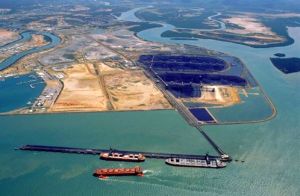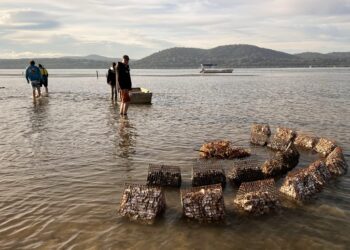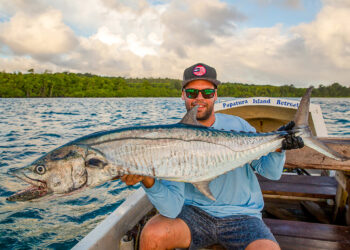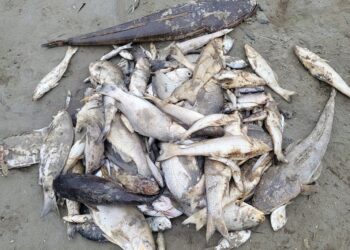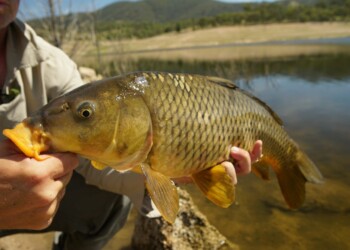ACCORDING to the Gladstone Fish Health Scientific Advisory Panel, the waters of Gladstone Harbour now pose no risk to human health and water quality results are not unusual.
Water monitoring in the harbour was carried out last year following the discovery of sick and dying fish, and reports of infections among local commercial fishermen believed to be linked to dredging works carried out in the region (related story here).
In a press statement, Fisheries Minister Craig Wallace said the report concluded that water quality monitoring did not indicate unusual trends which establish a causal relationship between the condition of fish and water quality or sediment in Gladstone Harbour.
After an extensive review of available data and literature, the Panel has recommended further monitoring and research continue to be undertaken.
The Panel’s report:
·reviewed the available water quality data and reports and found that it was appropriately collected and analysed;
·confirms that water quality results received to date are not unusual, except for extremely low salinity during the 2010-11 wet season;
·concludes that there is no clear evidence of a causal link between water quality and fish ill-health; and
·notes that the Queensland Government has already acted upon some of its recommendations, including undertaking analysis of dissolved metals but notes that there is no evidence of heavy metal impacts on fish; and
The Panel noted a wide range of possible causes for observed fish conditions which could relate to human mechanical damage (eg. nets and cuts); chemical damage, nutritional issues or other physical issues such as mechanical damage to the skin or gills from algal blooms, parasites or bacteria.
Minister Wallace welcomed the report’s conclusions for the Gladstone fishing industry.
“The Panel was established to provide an independent scientific assessment of fish health in Gladstone, and we now know conclusively that there is no risk to human health from handling fish with the identified parasites, lesions or redness,” Mr Wallace said.
“Fisheries Queensland has found approximately 95 per cent of non-barramundi fish caught in their monitoring in the Gladstone area are in good health and now that the Panel has released its findings, there should now be no doubt in anyone’s mind that local seafood for sale is a good, safe product.
“Under the Food Act, any animal product which is not fit for human consumption cannot be sold, and it has been emphasised by the Panel that fish showing signs of disease should not be consumed.
“The report acknowledges barramundi appear to be more strongly affected than other fish species, likely due to population stress following the flooding events of last summer which caused 30,000 large barramundi to spill over the Awoonga Dam into Gladstone Harbour.
“The incidence of ill health in mud crabs and prawns was noted by the Panel to not be unusual compared to previous studies in Gladstone Harbour and elsewhere.
The complete Gladstone Fish Health Scientific Advisory Panel report is available at: http://www.derm.qld.gov.au/gladstone/





